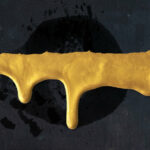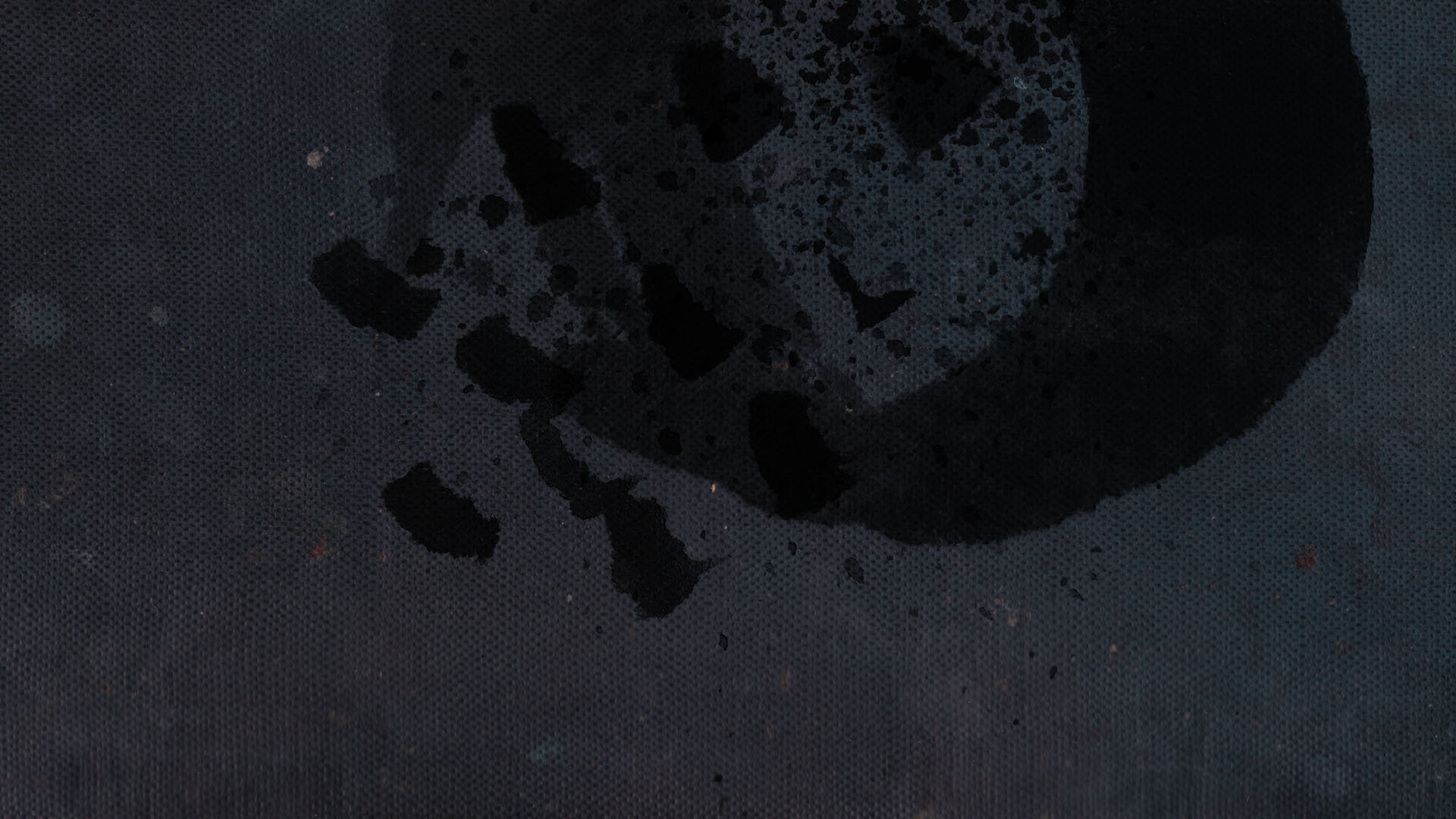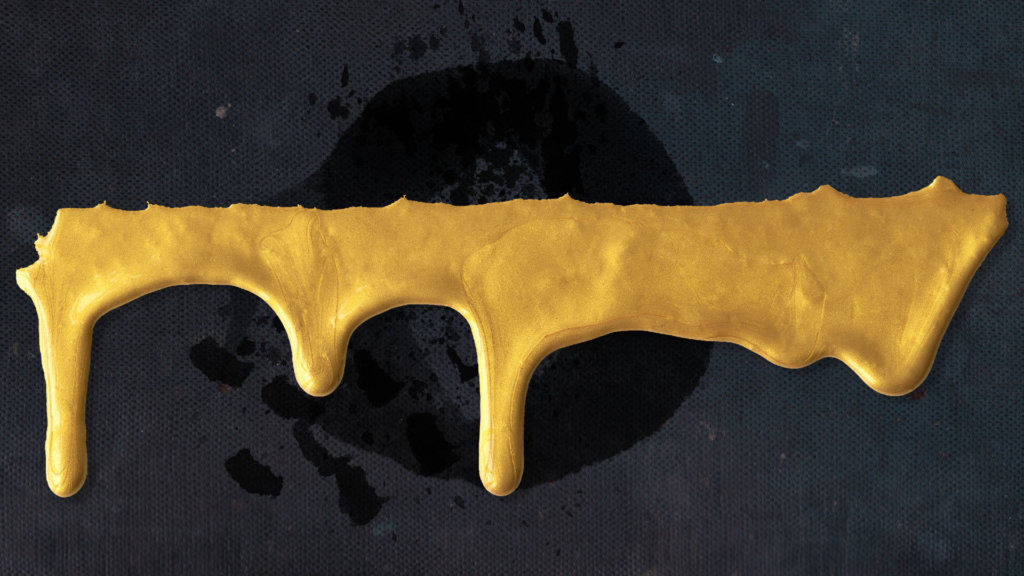How Real Is Digital Art?

Art has been around forever. Before script, before the wheel, even before civilization itself. The first engraved shell, which shows the creative skills of homo erectus, is around 540,000 years old.
Art undeniably defines us as human, distinguishing our species from the animal kingdom, transcending the purpose of life, and inspiring thinkers throughout history.
The forms human artwork have taken have come a long way. From the rough paintings of cavemen, to long centuries of mastering the craft before the craft was perfected during the Renaissance, to exploring the spiritual and emotional realms through Baroque and Impressionism, to the completely disruptive art movements of the 20th century, when the pursuit of mastery was changed by the urge to convey a message.
As rapid digitalization spreads to affect every aspect of human life, art is also entering the metaverse in search of new forms.
As the borders between digital and analog worlds begin to blur, there stands a prevailing question: how real is digital art?
A New Brave Art World
The world is going digital. Museums and art galleries can be explored through the Google Arts & Culture platform.
Computer simulated environments such as Second Life and Decentraland, a 3D virtual platform built on blockchain, are making great strides in re-creating a new world in a digital space.
These metaverses encourage new forms of artistic expression with art exhibitions, live music, and art events. For example, Decentraland’s society can attend the annual Art Week, or enjoy live music festivals in a digital world.
Art is a very present and bodily experience, so how can the human brain be rewired to understand and truly feel digital art? During an exclusive interview with DailyCoin, Etan Genini, co-founder of ValuArt, a new NFT platform and community, shared his thoughts about the already changing art world.
NFTs (Non-fungible tokens), crypto-based artwork, have become prominent in the modern art scene. Through this technology, artists can sell their original, entirely digital artwork, which can not be reproduced.
Many such things, which were unbelievable a decade ago, have become the norm. Without a doubt, the art world also has to keep up with the times.
"I think NFTs speak the language of the digital generation. Now the author could become an influencer and have a non-tangible way to be understood as a performer. I think that it's much easier than when we think to understand the value of NFT. Maybe not for people like me, from my generation, because we come from a really physical mindset, but for the guys that are around now, the NFT is the next big thing."
Whether it is the discovery of depth, or a shift in how the light and lines are depicted through art, new tools to express human creativity are constantly being discovered, and technological innovation is not left behind.
Genini highlights that art is just a medium that conveys a story, giving digital art as much potential as a physical piece, especially a movement that an entire culture and community of digital art enthusiasts participate in. If there is a community that values this type of expression, then NFTs are transcending the fact that there are intangible digits inside the code.
"If Caravaggio would be here, in front of these new work tools - computers, it'll still be a Caravaggio. For him using paint or using a computer is just a medium to deliver the story that he wants to deliver. So I think that NFTs are just a new platform. It's becoming slang to say this is a canvas,"
Genini expressed.
Measuring Art’s Value
Often art is described as a basic human instinct for harmony, balance, and rhythm. Art is not an action, or an object at this level, but an internal appreciation of balance and beauty. Defining the value of physical art has always been a controversial issue, which has now become an even harder task in the digital world.
NFT art has the potential of bringing additional dimensions of mathematically calculated value to art. NFTs are part of the Ethereum blockchain and as such, they are minted through mathematical processes, which requires objectively measurable resources.
Genini believes that NFTs will help to spread modern art to reach new audiences:
"For some people, art is something that they don't even understand. Now, this technology is giving way to the people to at least understand the value, and this is a starting point."
Another important dimension that defines the value of art is its uniqueness and how a viewer experiences it. You can wear a t-shirt depicting the “Mona Lisa,” or have it as a sticker on a laptop, however, the original “Mona Lisa” can only be seen in Paris, only after standing in an infinite line to the Louvre museum. Despite the effort, many consider seeing the original worth it.
NFTs preserve the authenticity and ownership of an art piece, as the information is encrypted in the blockchain. For a long time, the digital space could not provide a unique experience, as everything online can be copied and, in this way, devalued.
The creation of NFT Art is the closest experience to physical art that you can get in a digital space. Genini assures us:
"In the digital world, rarity and authenticity is something that before didn't exist. So NFT has value. Has to have value."
Genini stresses that art is inseparable from the stories behind it. The narrative is a crucial aspect that gives art its value and makes it relatable.
The ValuArt team is working closely with their artists, while creating NFT Artwork to help them find their unique voice and a way of expressing themselves that gives value to their artwork in the digital space.
"From a technical point of view, you can be in front of the best artist. From a technical point of view, you can be in front of an average artist, but if they represent a great story, both of them add a layer of value that brings away any focus or any limits that the piece of art has."
Stories also bridge the gap between digital, code-based artwork and the human touch beyond the screen.
The Colliding Boundaries of the Digital and Real Worlds
While understanding the boundaries between the digital and real worlds, confrontation is not productive. Defining what is real and what is not is becoming harder.
The development of augmented and virtual reality in the near future will challenge what humans feel through bodily senses as part of the real world.
The Internet has already nurtured many digital identities that fluctuate on different platforms. Genini thinks that entering the digital world is an inevitability.
"I am convinced that at a certain point, we will really merge the two sides, and the result will be a digital-physical product, for sure. Everything is going to be connected. Even the new generation masterpieces will be more and more digitally connected."
ValuArt is striving to facilitate the digitization of some of the most famous artwork in the world. The company has recently opened an NFT gallery in Paradiso, Switzerland, which projects the future of art galleries, creating an immersive experience of digital and physical art alike.
There is a romanticism attached to physical art, nevertheless, digital art can be real too. If the digital space is accepted to be a new artistic medium, with its own rules and methods of expression, then everything becomes up to the digital artist’s creativity; how they adapt it and what they create from it.
Genini is happy to see many talented digital artists that really grasp the essence of the digital space and create astonishing pieces that feel engaging and spark moments of digital-reality.
"The technology for using digital content is getting more and more engaging, immersive. So why should we think something that is born digitally is not a piece of art, comparable to something that is born physically, the physical way."
These two worlds are merging and slowly changing the human psyche. Digital is the next real world, and the real world is the next digital.

On The Flipside
- Crypto enthusiasts are already grasping the potential of NFT Art, but there is still a long way to go to change the mindset of the masses in order to make NFTs a standard.
- Some NFT skeptics have expressed doubts that fully digital art will be able to change the physical. There is also no guarantee that an NFT market could fully replace art fairs and exhibitions. That’s why hybrid solutions will always be needed.
Why You Should Care?
- In the first half of 2021 alone, NFT sales have surged to $2.5 billion in value. Those numbers are widely expected to increase even more.
- The Innovation of technology, and the current uncertainty in the world, will continue to influence the growth of online communities and activities.
- Participating in cultural activities is primarily expected to be through human-to-human interaction. These human relations were affected badly by the pandemic and lockdowns. Redefining and reimagining culture in a digital space is a huge step for such an primal aspect of humanity.
- NFT Art and its platforms create new opportunities for artists and art collectors alike.
You can watch the full interview here:
EMAIL NEWSLETTER
Join to get the flipside of crypto
Upgrade your inbox and get our DailyCoin editors’ picks 1x a week delivered straight to your inbox.
[contact-form-7]
You can always unsubscribe with just 1 click.
Analytical, NFT, Interview, nft art, ValuartRead More
OhNoCrypto
via https://www.ohnocrypto.com
, @KhareemSudlow

